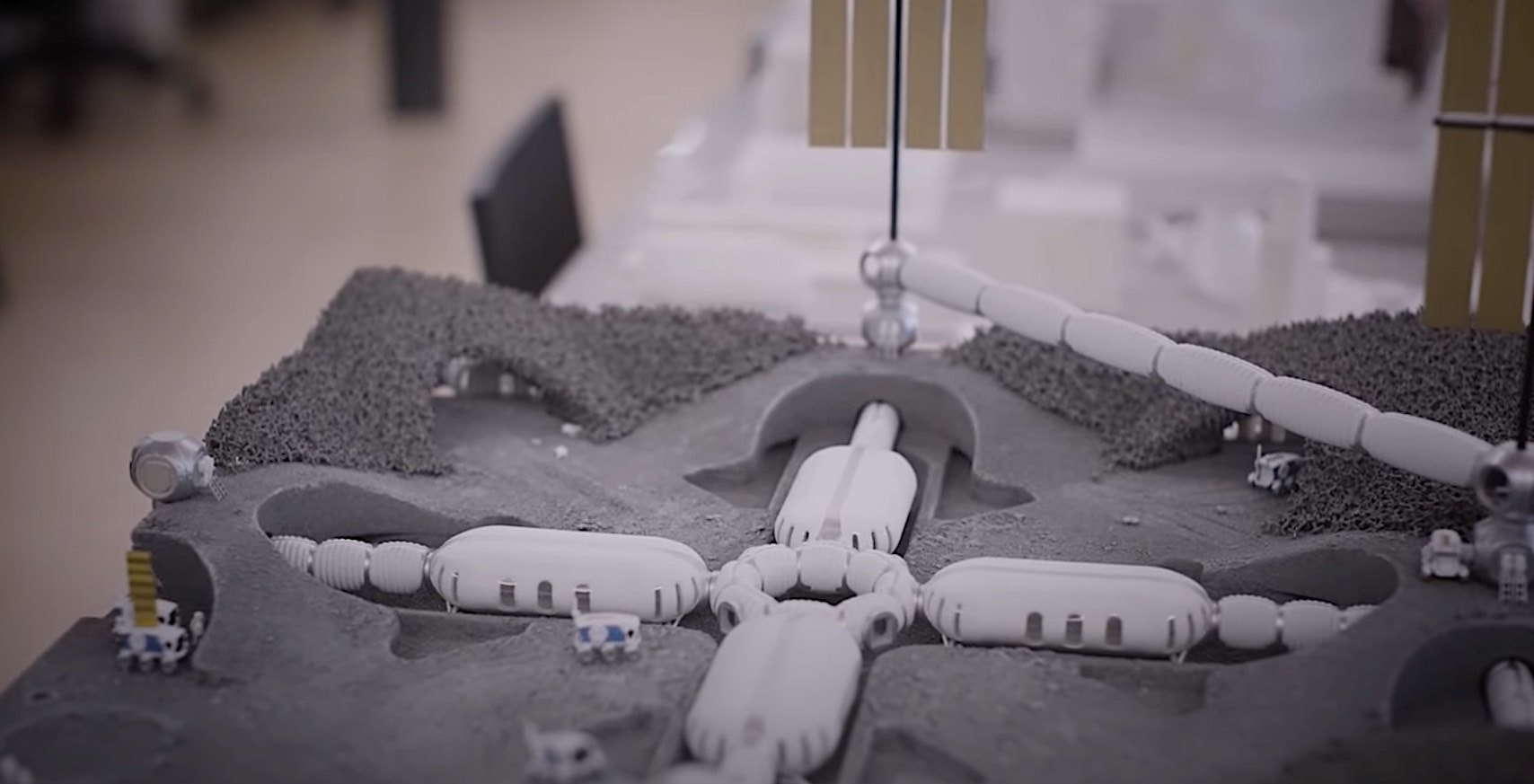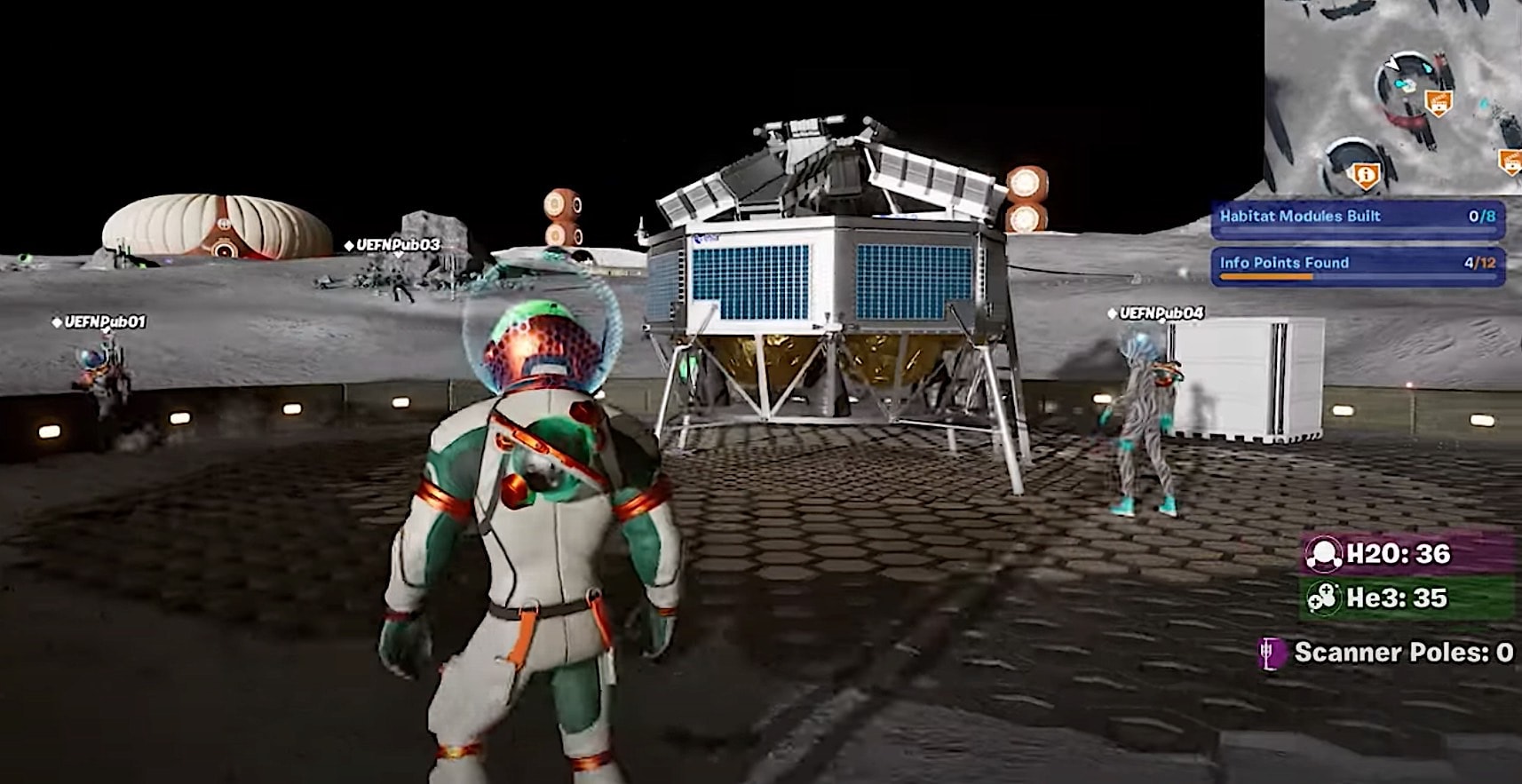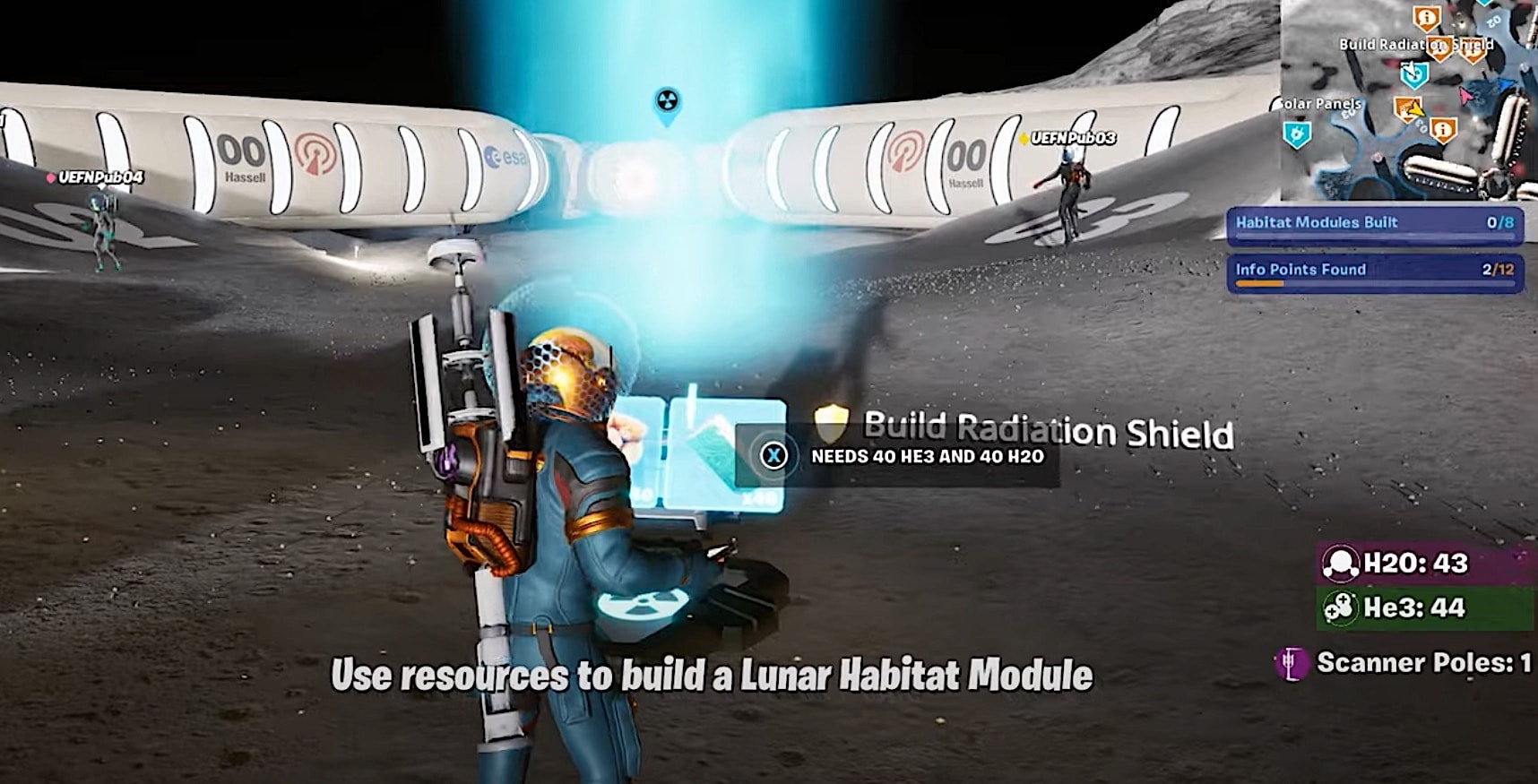The Moon, once a distant and enigmatic sphere, is rapidly evolving into a potential human habitat. The upcoming Artemis missions herald a new era of lunar exploration, with the ultimate goal of establishing a sustainable colony. Central to this ambitious endeavor is the development of a comprehensive logistical network capable of transporting humans, equipment, and resources across the lunar world.
Additionally, the management of waste and other critical life-support functions will be paramount for long-term habitation. Recognizing the immense challenges associated with these tasks, NASA has issued a call to industry partners to conceptualize and mature technologies for lunar surface logistics and unmanned mobility.

This strategic move signifies a crucial step towards transforming the Moon from an unexplored frontier into a thriving human outpost. NASA is actively seeking industry partnerships to revolutionize lunar logistics.
A cornerstone of this endeavor is the development of a versatile fleet of rovers, including autonomous models, designed to efficiently transport cargo across the lunar world.
Concurrent with this, NASA requires innovative technologies for handling, storing, and managing unpressurized cargo, fluids, and gases. The agency also places significant emphasis on robust cargo tracking systems and, notably, the establishment of effective waste management protocols.

These critical elements must be seamlessly integrated into a unified, secure, and efficient operational framework. Leveraging insights from previous studies, NASA aims to translate these concepts into tangible lunar surface logistics and mobility capabilities.
With the Artemis missions targeting a crewed lunar landing in 2026, coupled with the initiation of Gateway space station assembly that same year, the urgency for these advancements is paramount.

